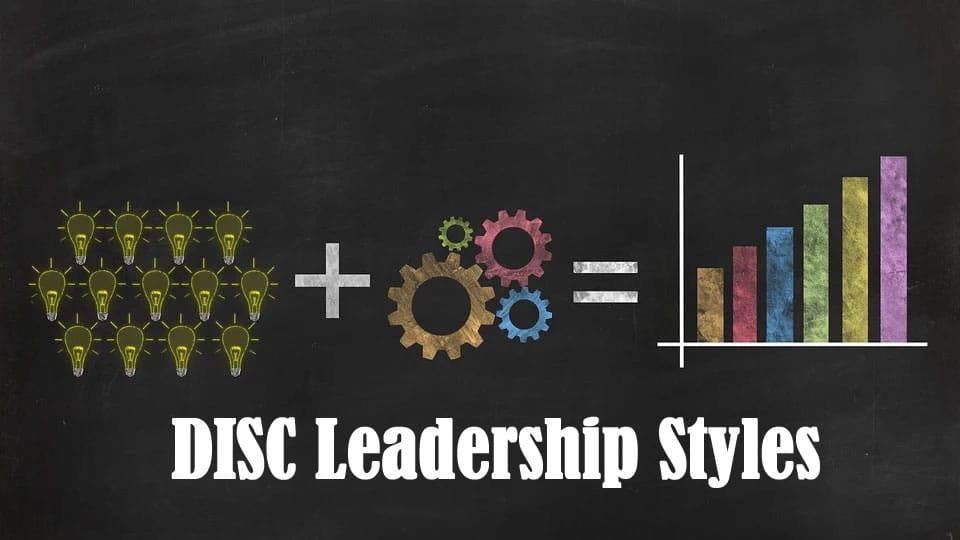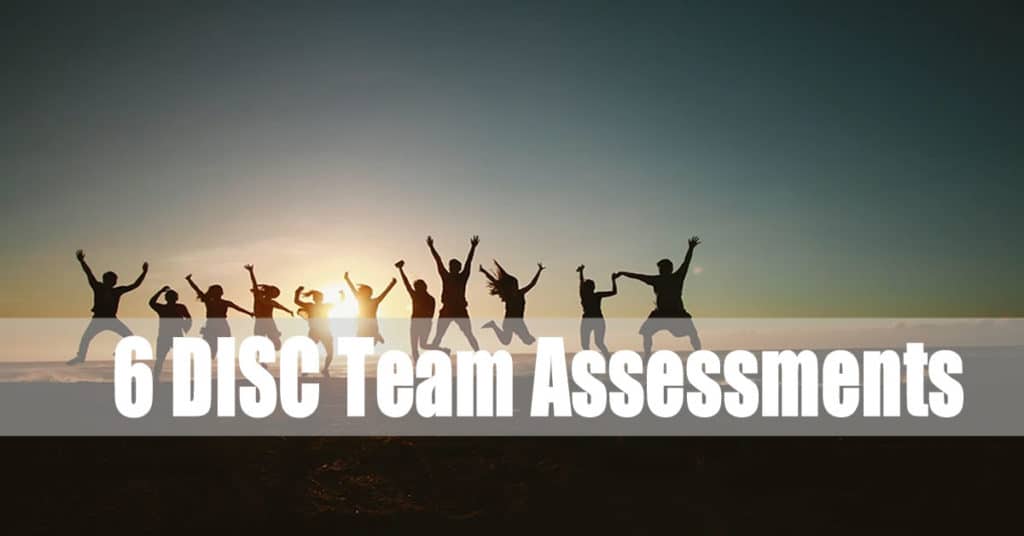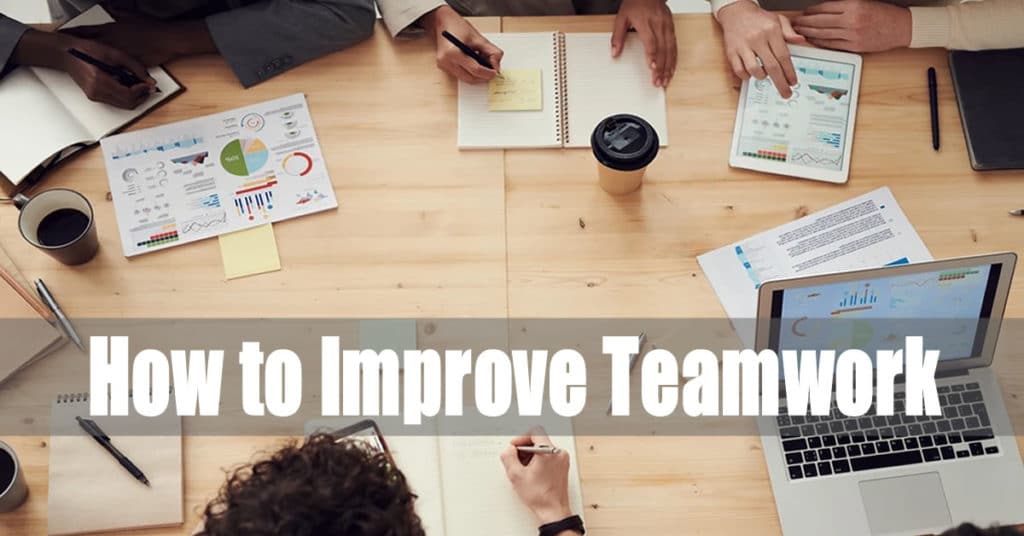The holidays are quickly approaching, and as I reflect on our 2021 work year, I think about the issues many organizations faced (and will continue into 2022).
From my perspective, a key driver of organizational success is leadership.
In the 2019 Global Human Capital Trends survey, 805 respondents rated leadership as a high priority, but only 41% believe their organizations are ready to fulfill their leadership requirements.
Unfortunately, I believe this leadership gap has only widened during the Covid pandemic due to the complexity of issues as well as a shortage of available talent.
I’ve worked with thousands of leaders, side-by-side, as they’ve encountered great challenges of change, competition, and shortages. I can tell you the most common and pressing issues. I can tell you the ones that most leaders ask as they face needing to motivate and inspire their staff and teams. Here are three key questions I am often asked:
- How can I motivate my team?
- How do I develop and get the best out of my staff and leaders?
- How do I better understand and develop my diverse workforce?
Looking at the personality of everyone on a team can shed critical insights into human behavior. Once the behavior is understood, this learning can illuminate the answers to the above three questions. The DISC personality assessment is a tool used by millions of people and organizations to create greater self-awareness among leaders.
Knowing how different styles operate can allow a leader to glean insights to find the specific answer to each of the three key questions. While it is important to understand we are made up of all four of these styles, we generally have one or two areas that a person feels will describe them very well.
For those looking to learn more about DISC, we are offering our online Everything DISC Certification Trainer course that starts on January. We train you how to use DISC to improve your team and leadership. Click here for more info.
We also offer over 16 different workshops, consulting and coaching services to improve your organization. Please check out our services at CooperConsultingGroup.
How Do I Understand Differing Perspectives?
William Moulton Marston, the founder of the DISC theory, discovered that people’s personalities formed similar arrangements across four broad categories, which he called (D) dominance, (I) influence, (S) steadiness, and (C) conscientiousness. From here, the DISC framework is viewed as a two-dimensional model shown below.
The vertical dimension- at the top is known as the behavioral activation system, in which people tend to be fast-paced, active, and assertive. Individuals at the bottom of the vertical axis, which is the behavioral inhibition system, can be viewed as moderate-paced, calm, methodical, and thoughtful.
Already in just one aspect of DISC we can see how people will naturally have differing styles, based on their pace. We can also look at an individual on eight different DISC scales to understand varying perspectives, which are:
- D measures a direct, dominant disposition and is seen as assertive, strong-willed, and forceful.
- Di measures an active, fast-paced disposition and likely is dynamic, adventurous, and bold.
- I measures an interactive, influencing disposition and could be called sociable, talkative, and lively.
- iS measures an agreeable, warm disposition and others see this person as trusting, caring, and cheerful.
- S measures an accommodating, steady disposition, and may come across as kind, soft-hearted, accommodating, and considerate.
- SC measures a moderate-paced, cautious disposition and aims to be careful, soft-spoken, and self-controlled.
- C measures a private, conscientious disposition which can also be seen as analytical, reserved, and unemotional.
- CD measures a questioning and skeptical disposition and is seen as stubborn, critical, or cynical at times.
How Can I Develop Others?
Richard Branson’s quote, “Train people well enough so they can leave, treat them well enough, so they don’t want to,” is a powerful example of the importance of developing team members. What happens if we don’t train people, and they stay? Using DISC can be a framework to understand how to create strategies for development. Here are some quick tips for developing the various DISC styles.
D Tips for Development
- Provide autonomy to individuals to create their development plan- with your approval
- Create a system or phrase, so the D style knows when you are “telling” them to do something versus just “suggesting” something to them
I Tips for Development
- Allow them to work with others- they may prefer a collaborative approach
- Remind them independent work might be required
S Tips for Development
- Encourage them to take a small risk and consider a bolder plan
- When offering constructive feedback, just realize they need harmony
C Tips for Development
- Give them time to think about suggestions or options
- Come with evidence to support your suggestions
How Can I Motivate My Team Effectively?
Many studies have shown how a lack of engagement is a drain on organizations. Disengagement costs companies billions of dollars each year. Gallup previously found that the number one reason people leave their organization is due to a bad relationship with their boss.
| STYLE | DON’T/AVOID | DO |
| D | Avoid too much routine Provide tight supervision Be questioning or overruling their authority Waste timeGive too many details | Explain the big picture first Have healthy competition that contributes to the team’s success Provide autonomy |
| I | A slow-paced environment Being isolated from others Critical people Too many details Having their contributions not be recognized | Let them collaborate Provide time to socialize without compromising the workflow Use enthusiasm Limit routine tasks when possible |
| S | Competitive environments Changing course too quickly Being rushed Dealing with curt and cold people Chaos | Slow your pace and allow them time to make good results Allow them to collaborate with others Be clear about their goals and expectations |
| C | Vague directions Being wrong Making quick decisions Letting mistakes slideStrong displays of emotion | Explain the task logically versus enthusiastically Convey expectations clearly and concisely Provide opportunities for independent work |
Remember these tips and strategies are just a shortlist and not meant to be a comprehensive list. Everyone is made up of all these styles- with more of an emphasis usually on one or two domains. DISC is not meant to stereotype or pigeonhole people. Be inquisitive and if you are not sure why someone is doing something- just ask them!
Did you enjoy this email and want to learn more? For those looking to learn more about DISC, we are offering our online Everything DISC Certification Trainer course that starts on January. Click here for more DISC training information or call 1-877-461-1020 for solutions to help your team or organization.




